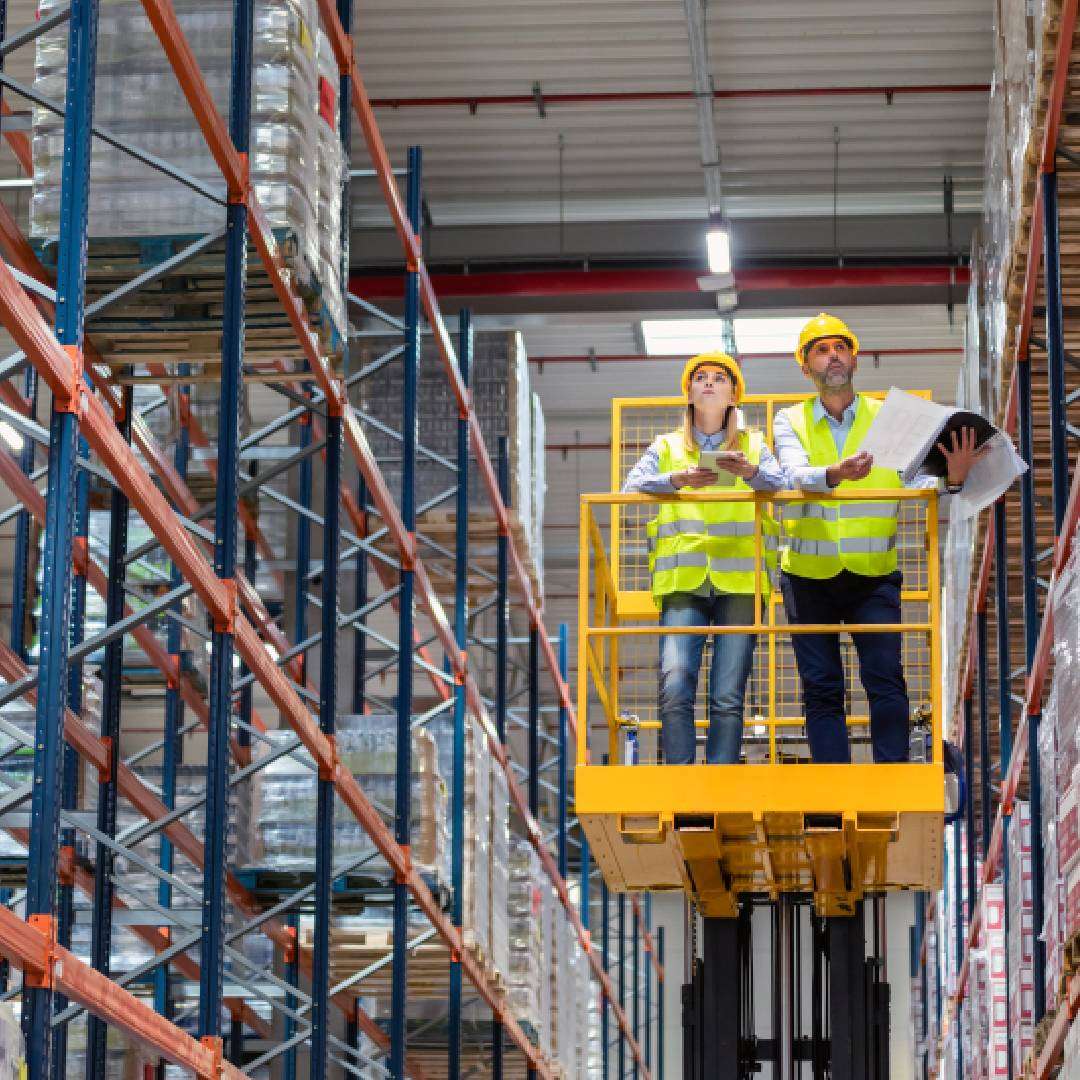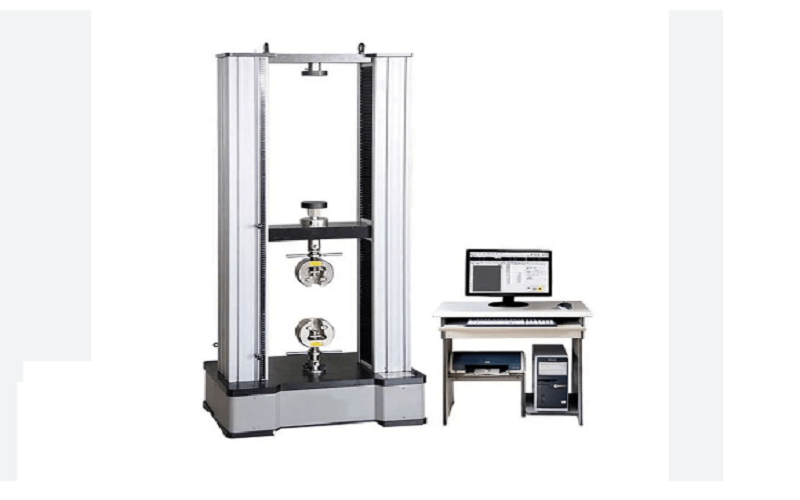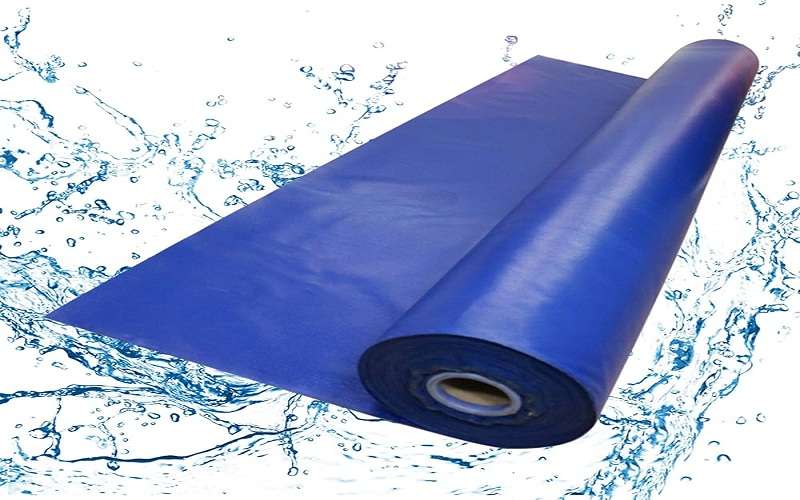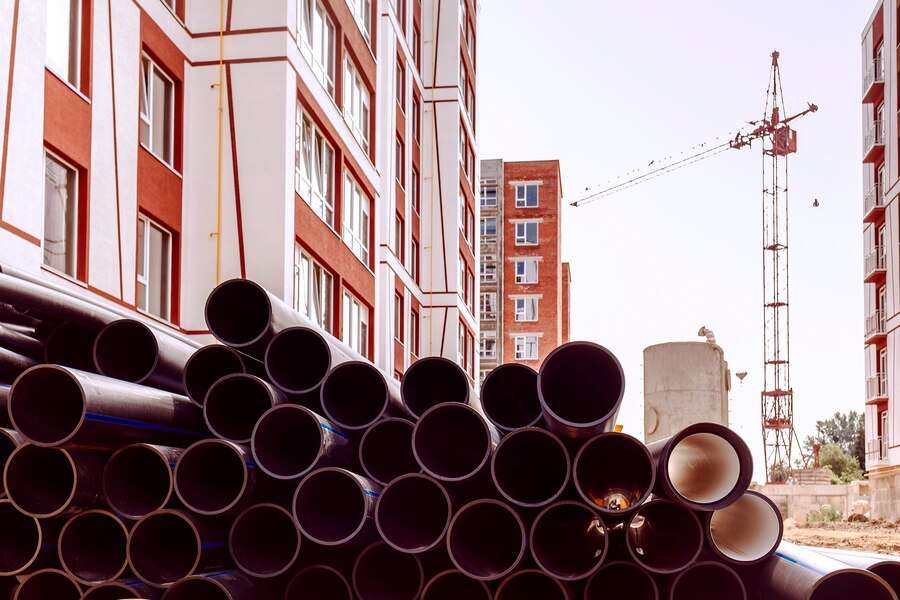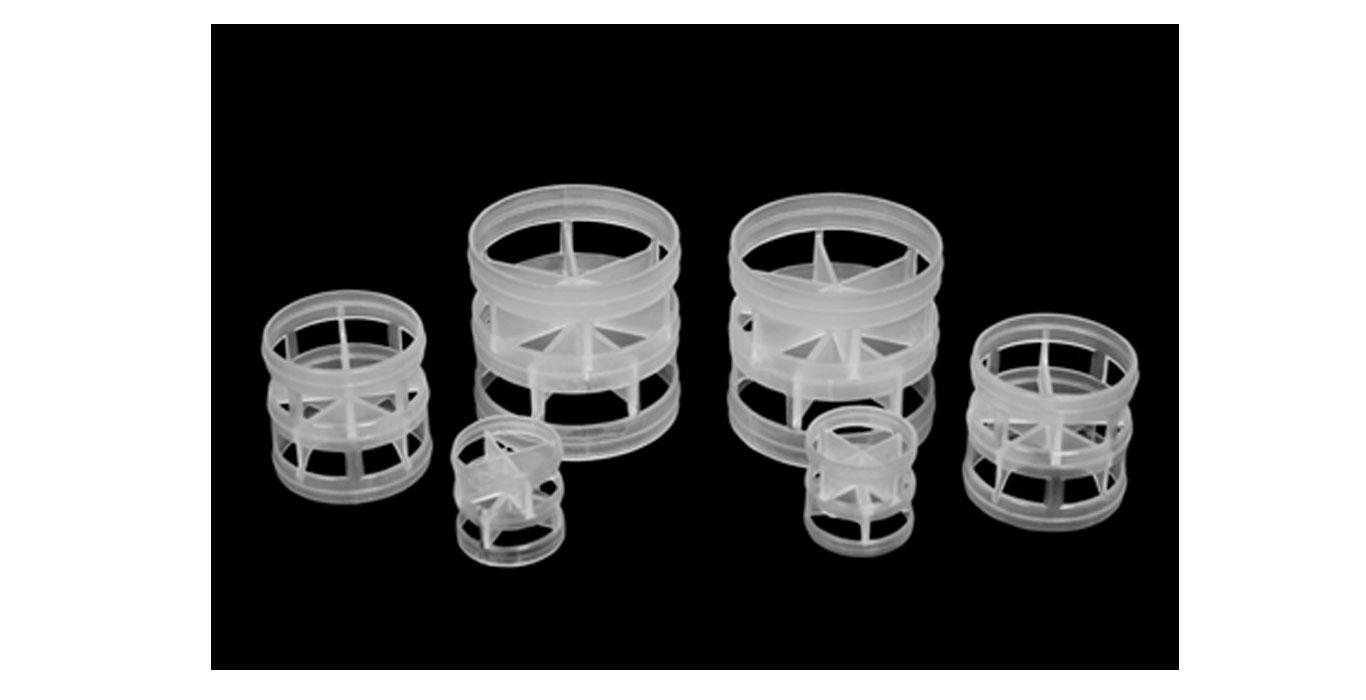Introduction
Lift platforms play a crucial role in various industries, from construction and warehousing to agriculture and maintenance. To ensure they remain safe and efficient, regular maintenance and inspections are essential. In this blog, we’ll explore key tips and best practices for prolonging the lifespan of lift platforms, helping you save money and enhance safety. Lift platforms, whether they’re scissor lifts, boom lifts, or any other type, are indispensable assets in various industries, facilitating tasks that range from reaching towering heights in construction to efficiently storing inventory in warehouses. These versatile machines not only save time and labor but also significantly enhance safety. However, like any piece of equipment, lift platforms require care and attention to ensure they function optimally throughout their lifespan. In this blog, we will delve into essential tips and best practices for prolonging the lifespan of lift platforms, safeguarding your investments, and promoting operational safety. By following these guidelines, you can not only extend the longevity of your lift platform but also maintain a higher level of operational efficiency and safety, thereby reaping the benefits of your investment for years to come.
Establish a Routine Maintenance Schedule
Consistency is key when it comes to lift platform maintenance. Create a routine maintenance schedule and stick to it. Regular check-ups can help identify issues before they become serious problems. Typically, a quarterly maintenance schedule is recommended, but the frequency may vary depending on usage and environmental conditions.
Lubrication and Cleaning
Lift platforms have various moving parts that require proper lubrication to function smoothly. Regularly inspect and lubricate these components, paying attention to hydraulic systems, joints, and pivot points. Cleaning the platform, including removing dirt, debris, and corrosive substances, is equally important for the prevention of rust and deterioration.
Inspect Electrical Components
Electrical systems in lift platforms are critical for their operation. Check all electrical connections, wires, and switches for signs of wear or damage. Ensure that emergency stops, controls, and safety features are working correctly.
Hydraulic System Maintenance
The hydraulic system is the heart of many lift platforms. Inspect hydraulic hoses, seals, and fittings for any leaks or wear. Top off hydraulic fluid as needed, and replace it according to the manufacturer’s recommendations. Proper maintenance of the hydraulic system ensures smooth and efficient platform operation.
Test Safety Features
Safety is paramount when it comes to lift platforms. Regularly test safety features such as emergency stop buttons, overload protection, and descent controls. Ensure that these features are in working order and can be relied upon in an emergency.
Check Structural Integrity
Examine the lift platform’s structure for any signs of damage or wear. Pay close attention to welds, hinges, and structural supports. Even small cracks or weaknesses can lead to major problems, so it’s essential to catch them early.
Verify Load Capacity
Always adhere to the manufacturer’s load capacity guidelines. Overloading the platform can lead to structural damage and safety hazards. Regularly check the load capacity labels and educate all operators about the importance of adhering to them.
Employee Training
Proper training for lift platform operators is crucial. Ensure that all personnel are adequately trained in the operation of the platform and understand safety protocols. Training can help prevent accidents and reduce wear and tear due to improper use.
Keep Records
Maintain detailed records of all maintenance and inspections. This documentation will help you track the history of the lift platform and identify patterns of wear and potential trouble spots. It can also be useful for warranty claims and compliance with safety regulations.
Conclusion
In conclusion, ensuring the longevity of lift platforms is not just a matter of maintenance; it’s a matter of safety, efficiency, and overall cost-effectiveness. By adhering to a consistent maintenance schedule, performing regular inspections, and following the best practices outlined in this blog, you can significantly extend the lifespan of your lift platforms.
Effective maintenance not only saves you money by reducing repair costs and equipment downtime but also safeguards the well-being of your operators and workers. A well-maintained lift platform is a reliable and safe tool that can boost productivity and enhance the overall performance of your business.
Remember that investing in training for operators and maintaining proper records of maintenance activities is equally crucial. These efforts not only preserve the equipment but also support compliance with safety regulations and ensure that your lift platforms continue to serve your business effectively for years to come.
Ultimately, the key to prolonging the lifespan of lift platforms is a proactive and diligent approach to their care. By doing so, you can enjoy the benefits of a longer-lasting, safer, and more efficient fleet of lift platforms, which will prove invaluable in the long run.






